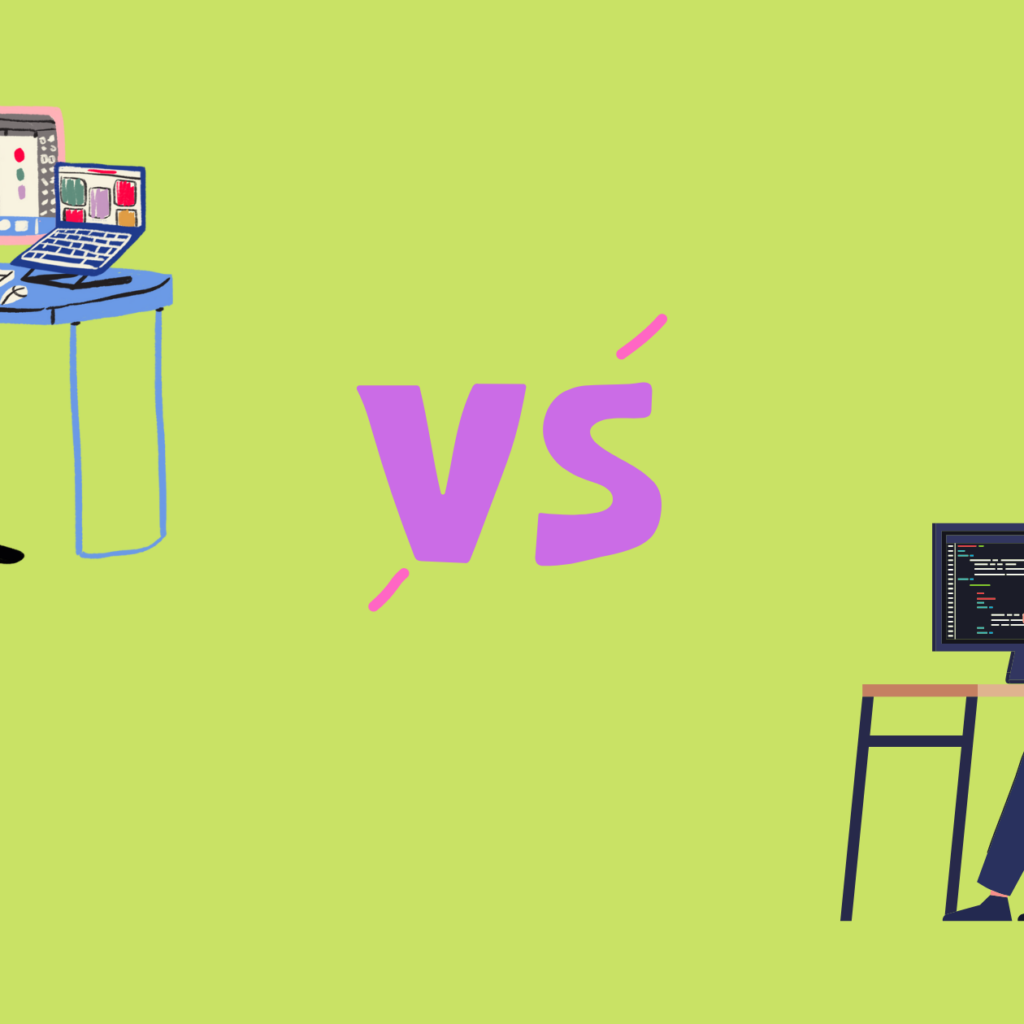
Letters or alphabets are simple morphological tools that can help us build meaningful words and sentences. However, with recent trends and the demand in new ways to make creative illustrations, letter designs create a sensation throughout the world of Graphic Designing.
Having letters as designs is not something entirely new. The letters’ structure has been morphed and manipulated to form various design structures way before graphic designs were invented. However, it has remained valuable technique artists have since used.
In this world of digitization, handmade designs are becoming more and more expensive. It is because the paints and papers of various textures do cost more every time the artist has to create new products. On the other hand, digital art is a one-time investment.
Of course, buying a laptop or tablet and the required software for Graphic Designing sounds expensive, but once you purchase it, you can create unique designs using different brushes and textures digitally. Let us find out how to incorporate letters into your designs to make it more appealing!
Shared longitudinal stroke
It is recommendable to have a single vertical line or stroke to have two different letters side-by-side as the most effortless 2D letter designs. You also have the option of using two colors or one single color to make it more concrete. This type of illustration is mostly found in logos.
In some cases, you can mix and match uppercase and lowercase or use a single form throughout. Here is how you can do it in different ways:
• Uppercase only:
Most of the uppercase letters in English have vertical strokes, making it easier to have a shared line or stroke. Moreover, English’s grammatical rules state that the first letter of any word at the beginning of a sentence has to be uppercase. Therefore, using two uppercase letters is quite a realistic Graphic Designing experience.

• Lowercases only:
Sometimes, the uppercase letters may seem bland or too formal to suit your design or logo’s mood or taste. It becomes easier to find standard vertical strokes in lowercase letters in this case. You can incorporate this design to make your design for an informal and jovial look.

• Best of both worlds:
Often, designers create innovative designs by bending grammatical rules. Typically, we have a capital letter followed by a lowercase. However, some designs are known to manipulate the rules for an engaging illustration.

Usage of negative space
Another creative way to create a 2D letter design in your process of Graphic Designing is to use negative spaces. This design type can be used in logos, banners, website designs, and even in creative illustrations.
The technique of using negative spaces can make your design stand out among the rest, and it will grab the viewer’s attention for a relatively long period.
You can incorporate a design within another design by using two completely contrasting colors. The best way to go about this is to use black and white. You may have a black design that is not drawn but is created through an outline of white design outside it. It can also be vice versa.

3D letter designs in graphic illustrations
Another way to excite and manipulate your viewers’ visual perception would be to introduce 3D letter or alphabet designs in your image. 3D letter designs are typically found in banners, animated graphics, video games, and even vector art.
3D typography helps in providing a dash of realism into your illustration aesthetics. It pays less attention to the readability and prioritizes trendiness and visual appeal. It can create an illusion where the letters seem to be lifting from the screen.
The fundamental differences between a 3D letter design and a 2D letter design lie in the very concepts of perception and structures.
The things that make a 3D design unique and more eye-catching are:
• 3D typography utilizes shadows. Each letter casts a shadow effect. In other words, designers create a visible “shadow” underneath the designed topography. The shadow is typically in shades of grey or black, making the illusion of “coming out of screen.”
• The perspective plays a huge role. While 2D typography has a uniform layout, 3D typography uses a combination of straight, angular, and laid down structures to make the design realistic, as if it were objects.
• There appears to be some distinct difference in the layers of text and background. Using different colors, creating “solid long shadows” helps the design to become more visually appealing.


Incorporation of letters to your design can bring out a creative boost in your graphical illustrations. Various typography styles will help you create a different mood and aesthetic to go with your design or website.
If you require an expert opinion on incorporating typography the right way into your designs, you can always contact graphic services teams who offer consultancy and advice regarding graphic illustrations. Draftss is a company that provides consultancy as well as unlimited graphic design services to its clients. You might want to check out their web page as well!



